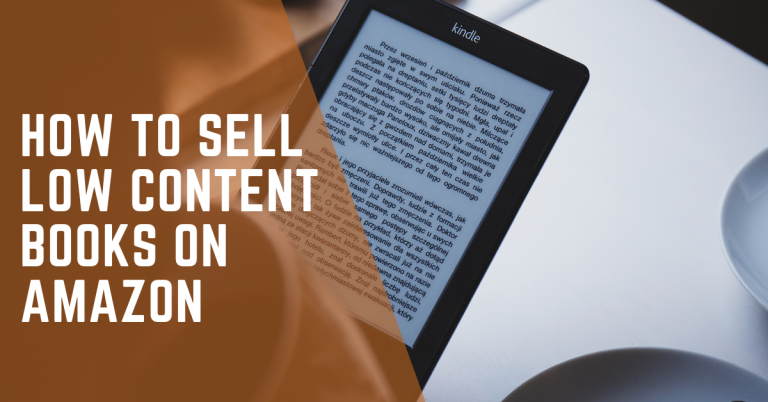Calculate Your Amazon FBM Shipping Costs Like a Pro
Step 1: Measure Product Dimensions and Weight
- Length (in inches)
- Width (in inches)
- Height (in inches)
- Weight (in lbs)
Example: A book with dimensions 8.5 x 5.5 x 1 inches and weight 1.2 lbs
Step 2: Choose a Shipping Carrier
Popular options are USPS, FedEx, UPS. Let’s use USPS for this example.
Step 3: Visit Shipping Carrier’s Website
Go to USPS.com and click on “Calculate a Price” under the Shipping section.
Step 4: Input Package Details
- Origin ZIP Code (your location)
Example: 90012 (Los Angeles) - Destination ZIP Code (customer’s location)
Example: 10001 (New York City) - Package Size:
Length: 8.5 inches
Width: 5.5 inches
Height: 1 inch
Weight: 1 lb 2 oz
Step 5: Select Shipping Service
USPS provides options like:
- Retail Ground ($4.10)
- Priority Mail (1-3 days: $7.75)
- Priority Mail Express (Overnight: $26.35)
Step 6: Additional Fees
Some extra fees USPS may add:
- Delivery Confirmation ($0.00 with Priority/Express)
- Insurance (Based on value declared)
Example Calculation:
Shipping Option: Priority Mail
Base Cost: $7.75
Total Cost with No Additional Fees: $7.75
Step 7: Add Handling Fee (Optional)
If you charge a handling fee, say $1, add it to the shipping cost.
$7.75 (Shipping) + $1 (Handling) = $8.75 Total
Step 8: Repeat for Other Destinations
Calculate again if shipping to a different ZIP code as costs vary by distance.
How much does Amazon charge for FBM?
Amazon does not directly charge any fees for using the Fulfillment by Merchant (FBM) option. As an FBM seller, you are responsible for picking, packing, shipping orders to customers, and handling customer returns yourself.
Amazon Referral Fees:
Amazon charges a referral fee on each product sold, which is a percentage of the total sales price. The referral fee percentage varies by product category, typically ranging from 8% to 15%.
Per-Item Selling Fees:
There is a $0.99 fee for each item sold on Amazon, in addition to the referral fee.
Shipping Costs:
As an FBM seller, you have to pay the shipping costs to deliver orders to customers. These costs depend on the shipping carrier, service level, package weight/dimensions, and shipping destination.
Packaging and Supplies:
You’ll need to purchase your own packaging materials like boxes, envelopes, labels, etc.
Customer Returns:
If a customer returns an item, you are responsible for the return shipping costs and any restocking/refurbishing fees.
So while Amazon doesn’t charge any upfront FBM fees, the referral fees, per-item fees, shipping costs, supplies, and return costs can add up for FBM sellers.
Is Amazon FBM better than FBA?
Advantages of FBM:
- Lower costs: With FBM, you avoid Amazon’s FBA fees for storage, fulfillment, and other services.
- More control: You have complete control over packaging, branding, and the customer experience.
- Flexible inventory management: You can easily adjust inventory levels and locations.
- No long-term storage fees: Unlike FBA, there are no long-term storage fees with FBM.
Advantages of FBA:
- Customer trust: Products shipped via Amazon’s fulfillment centers often have higher customer trust.
- Effortless shipping: Amazon handles all picking, packing, and shipping of orders.
- Customer service: Amazon provides customer service for FBA orders.
- Eligible for Prime shipping: FBA products qualify for Amazon Prime free shipping.
- Multi-channel fulfillment: Amazon can fulfill orders from other sales channels like your website.





